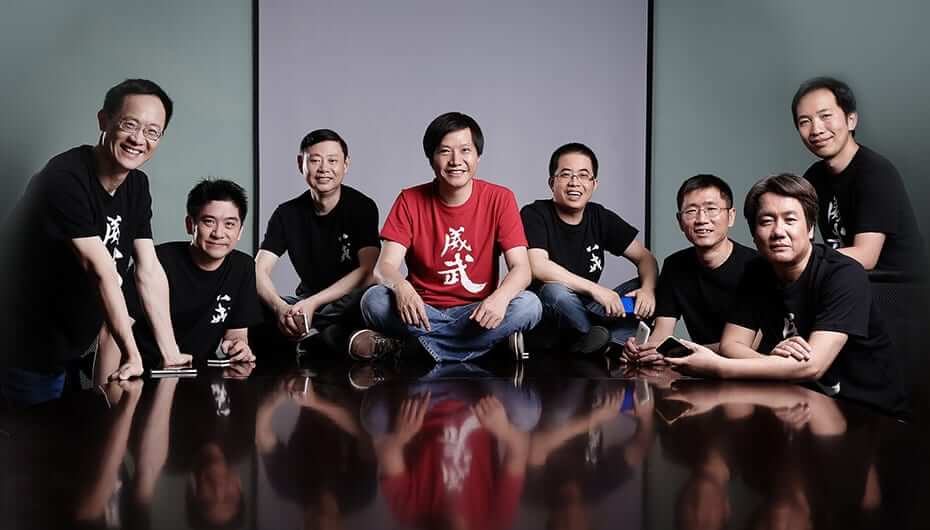Xiaomi has disrupted the smartphone business with a new business model.
Digital disruption of business models is forcing many leaders to create new visions of change into their business strategies.
A recent Wired magazine’s article “Xiaomi’s Internet Thinking” shows how a Chinese smartphone manufacturer has created a massively successful business on the back of virtually zero-margin hardware by building a customer platform of 160 million people.
Xiaomi makes more money by selling services and branded accessories produced by start-ups in which it invests.”
According to Wire, its ecosystem is a crucial innovation in the world of commoditized smart phones.
Selling smartphones not enough
Liu De, Xiaomi’s head of ecosystem products said that from an internet thinking perspective, just having better smartphones would not be enough to make Xiaomi a sustainable business.
“We need to sell cooler products and have people coming at all times. It’s an important element of our acquisition and retention strategy.
Quality phones at rock-bottom prices
Lei Jun, Xiaomi’s CEO and founder built a company priced at $45 billion by developing a business that “turns’ its smartphone customers into “fans” who co-designers and evangelizers of life-style products.
At the same time, Xiaomi transfers much of the market-demand risks to many small hardware start-ups in which it tactically invests between $US100,000 to $US500,000 and develops its ecosystem to deliver products on its platform.
It incubates these start-ups and helps them develop and create make products to sell on Mi.com.
These processes allow Xiaomi to slash costs by minimizing inventory and optimizing supply-chains by selling high-quality top-of-the market devices at low-price margin-obliterating prices and profiting from services, content and accessories. In 2015, Xiaomi sold more than 71 million devices.
Initial emphasis – high-quality-products
Xiaomi initially markets high-quality products to help create connected lifestyles with technological innovation.
It’s now a smart-phone company and its Mi.com is China’s third largest e-commerce site and an internet services company, which even publishes games.
On Mi.com it sells products ranging from power-banks to wearable’s to air and water purifiers –hundreds of products that create a lifestyle.
The company also has 22 stand-alone MiHome centers in China.
Huge volumes
Xiaomi’s platform has successfully sold massive amounts of innovative top-quality technology products on its platform.
It sold more than 10 million health wristbands in the first six months of 2015 per month; more than 10 million power banks and 60 inch TVs at a RMB4,999 ($US771) rock bottom price.
________________________________
About the Author
This article has been written by Carrie Montalvo.





























